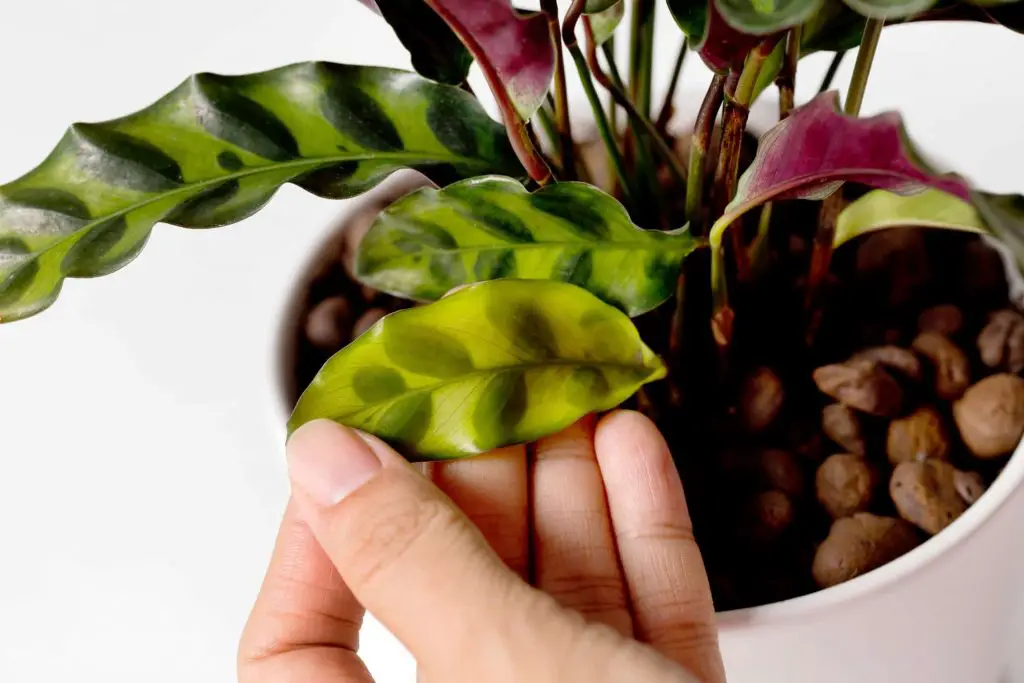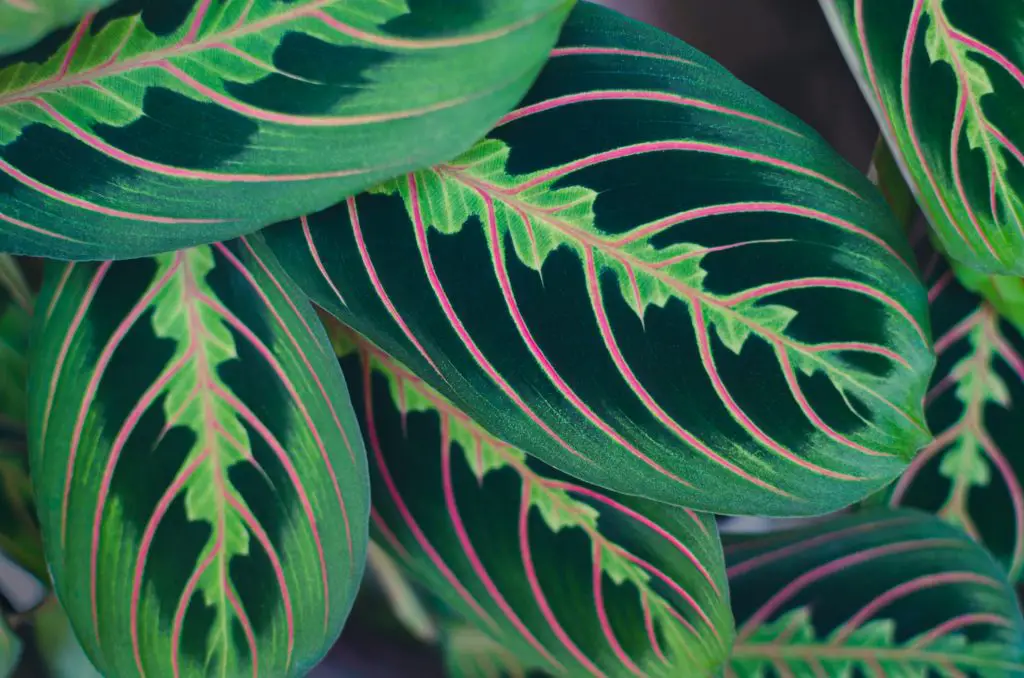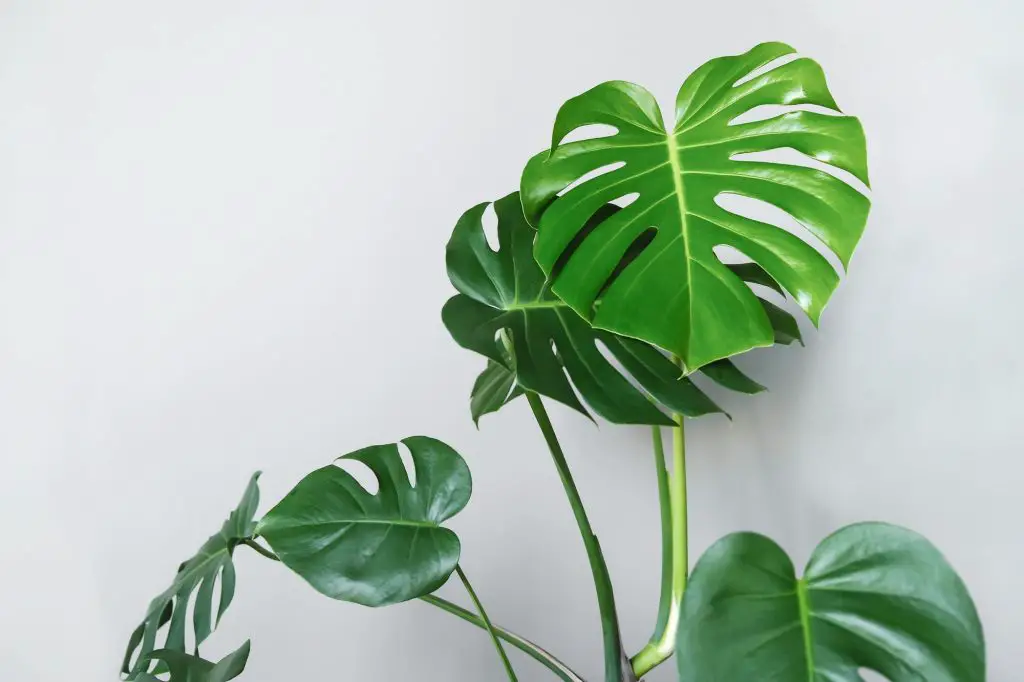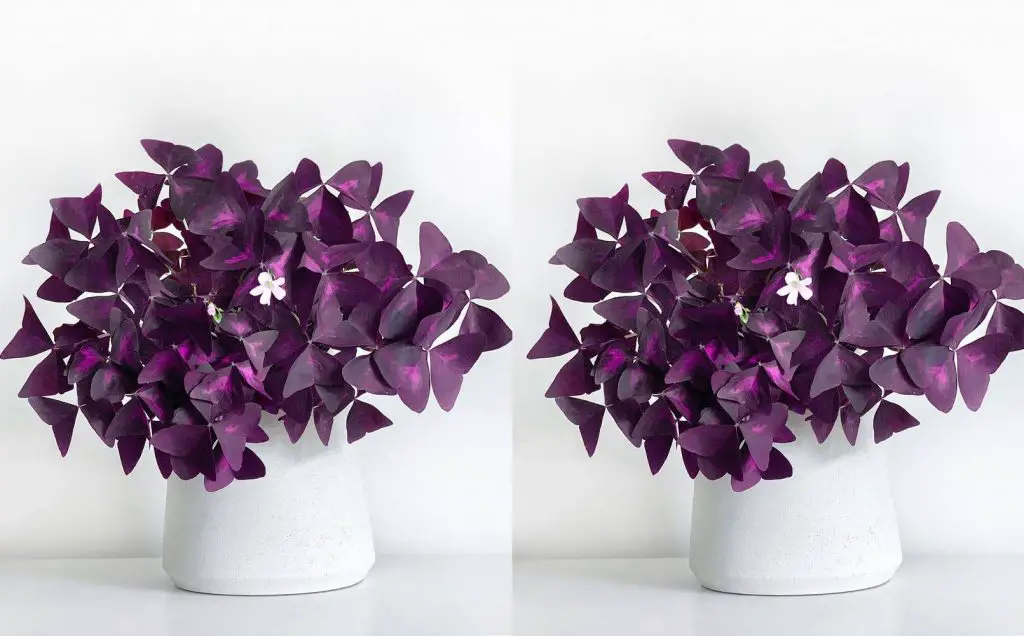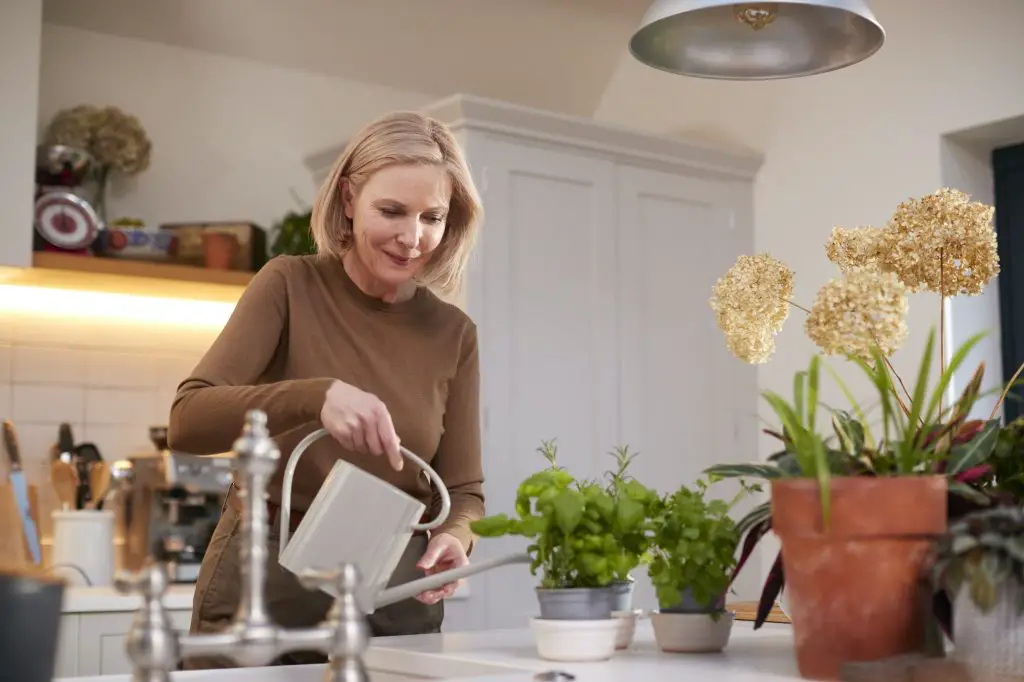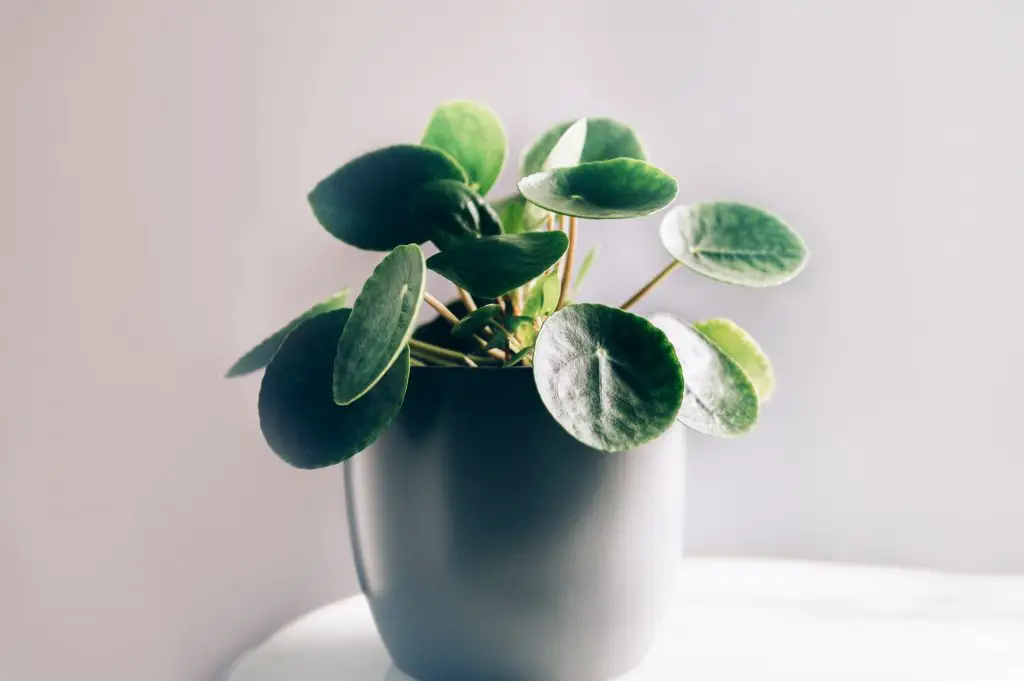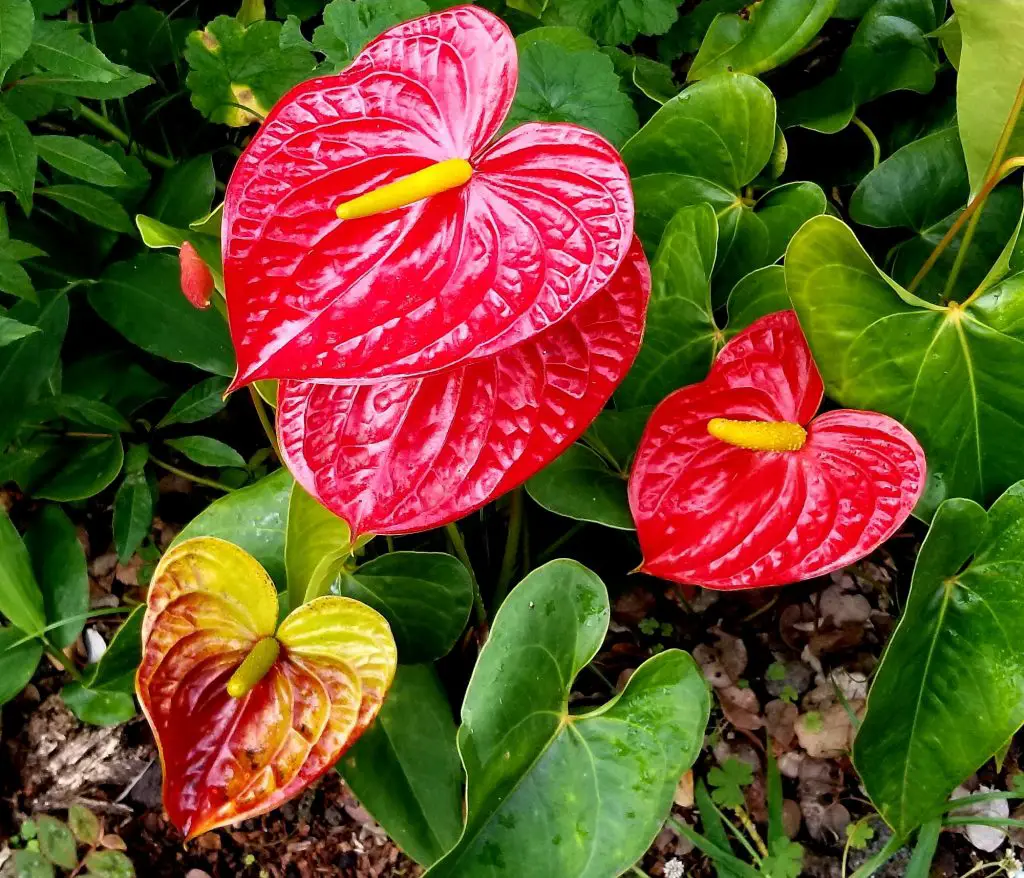The interior of a home is very important, and if you are a lover of nature, you wouldn’t think of a better way to compliment the decoration in your home than with houseplants. There are various plants that you can choose from as a complement to your interior.
You get to grow a plant and beautify your home at the same time. You most likely are familiar with plants from the calathea family? If you have grown one of them, then you know plants from this family are not for the faint-hearted or beginner gardeners.
Growing or taking care of calathea plants in the home is especially good for those who would love to have the tropical vibe in their home. It is always a delight to grow them in your home, however, be reminded that they aren’t the easiest to grow.
A member of the calathea that we cannot seem to get over is the rattlesnake plant. Before you wonder so much about where its name is gotten, the rattlesnake can attribute its name to patterned, lance-shaped leaves. Here’s everything you need to know about them.
Table of Contents
Rattlesnake Plant Background
| Common name | Rattlesnake plant |
| Botanical name | Calathea lancifolia |
| Light | Bright light |
| Plant type | Perennial |
| Soil type | Well-drained |
| Soil pH | Acid, Neutral |
| Toxicity | Non-toxic |
| Origin | Brazil |
Also known as calathea lancifolia, the rattlesnake is an exquisite variety of the calathea family that has become popular in recent years. The plant’s leaves are slightly tall and they can grow to about 30 inches or more. It comes in different shades of green, wavy edges, and deep green spots that look like tiny leaves.
The plant is native to the rainforest of Brazil. The rattlesnake plant is often grown for its ornamental, spotted leaves. As earlier stated, plants from the calathea family are not the easiest to grow, however, the rattlesnake plant is known as the easiest of them all.
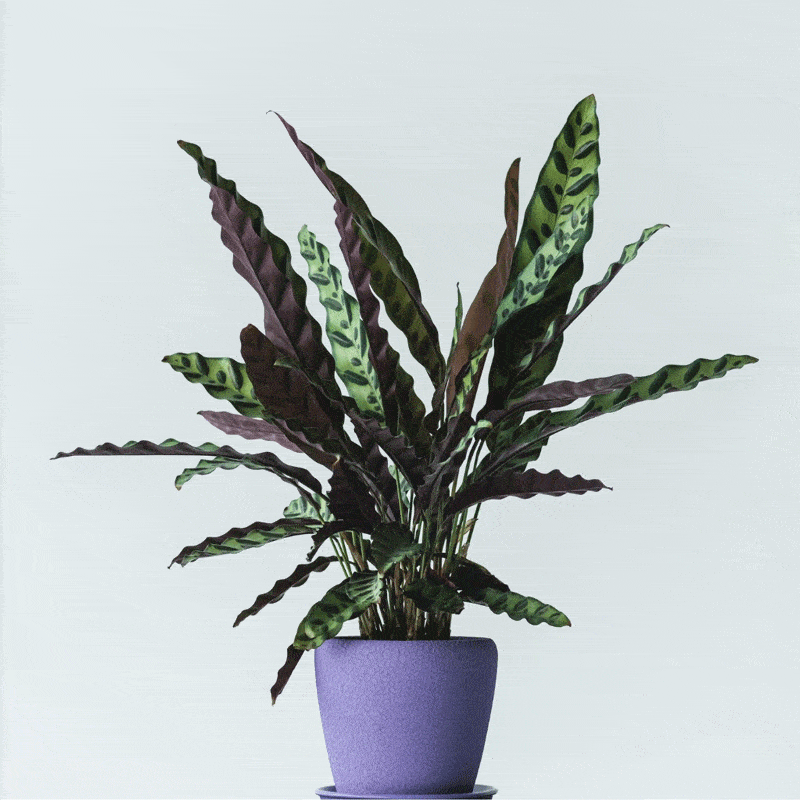
It might be stressful to someone who is beginning the gardening journey, however, if you intend to dedicate time and effort to it, the rattlesnake will thrive, excellently well. We thought to provide you with all the information you need to successfully grow rattlesnake plants in your home.
Rattlesnake Plant Requirements
Want to have a happy rattlesnake plant in your home? Start y making sure these are available.
1. Light
An important requirement for the growth of every calathea plant is light. The calatheas grow best in proper lighting and that is the same for the rattlesnake plant. The plant enjoys being given adequate indirect light. However, it must be kept away from direct contact with the sun.
Exposure to direct sunlight can cause the plant’s leaves to fade, burn and eventually wither and die. If there is not an option for indirect sunlight, you can place your plant by the window and filter the light with some curtains or drapes. Your plant will also thrive in a well-lit room, as long as there is no contact with the sun.
With Calatheas, the lighting has to be just right.
2. Water
Like the rest of its family, watering the rattlesnake plant has to be done with caution. The rattlesnake plant does not enjoy being waterlogged and reacts fast when it is being so. The rattlesnake plant experiences fast growth most during the summer, it enjoys being frequently watered during these times.
However, there has to be a decrease in watering during winter.
Overwatering can lead to root rot, leaves yellowing, and eventually death. For best care, allow the topsoil to dry between watering. You can also create a watering schedule according to the seasons. Also, your rattlesnake plant will react by curling up in an unattractive way when it is being under-watered.
3. Temperature
The best temperature for your rattlesnake is between 65 degrees F and 85 degrees F. Remember your rattlesnake plant is a sensitive one, hence, it will not grow properly if placed next to drafty windows, air conditioning units, or any heating systems.
All of these can cause brown leaf tips, curled-up foliage. They also do not do well with sudden temperature changes.
4. Humidity
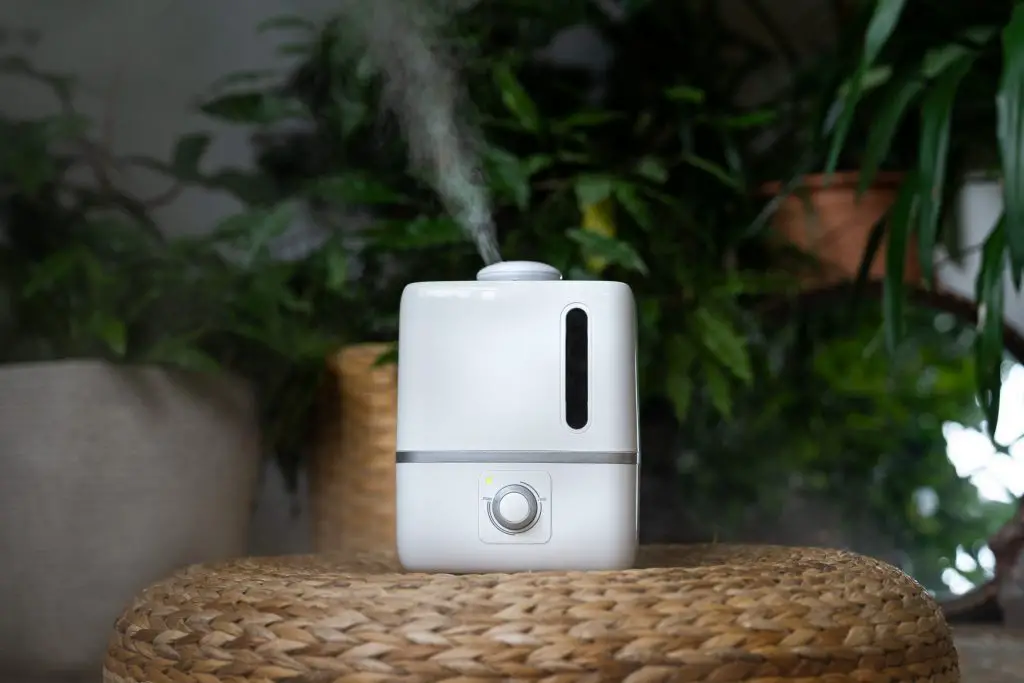
A moist environment is required for the rattlesnake plant growth; Hence high humidity is essential. If you live in a dry environment, you should create a humid alternative for your plant. i.e. Place your pot in a tray with peddles, purchase a plant humidifier, regular misting. You can also place your plant pot in the bathroom, especially when you are showering.
5. Soil
The rattlesnake plant has a lot of preference in aspects concerning its soil. The plant enjoys well-drained soil. Bear in mind that although the rattlesnake plant hates being overwatered, it still requires moist soil.
Hence your soil has to retain moisture as well as drain water. A potting mix of perlite and peat is fine for your plant. Alkaline soils should be avoided; Slightly acidic or neutral pH is perfect for your plant.
6. Fertilizer
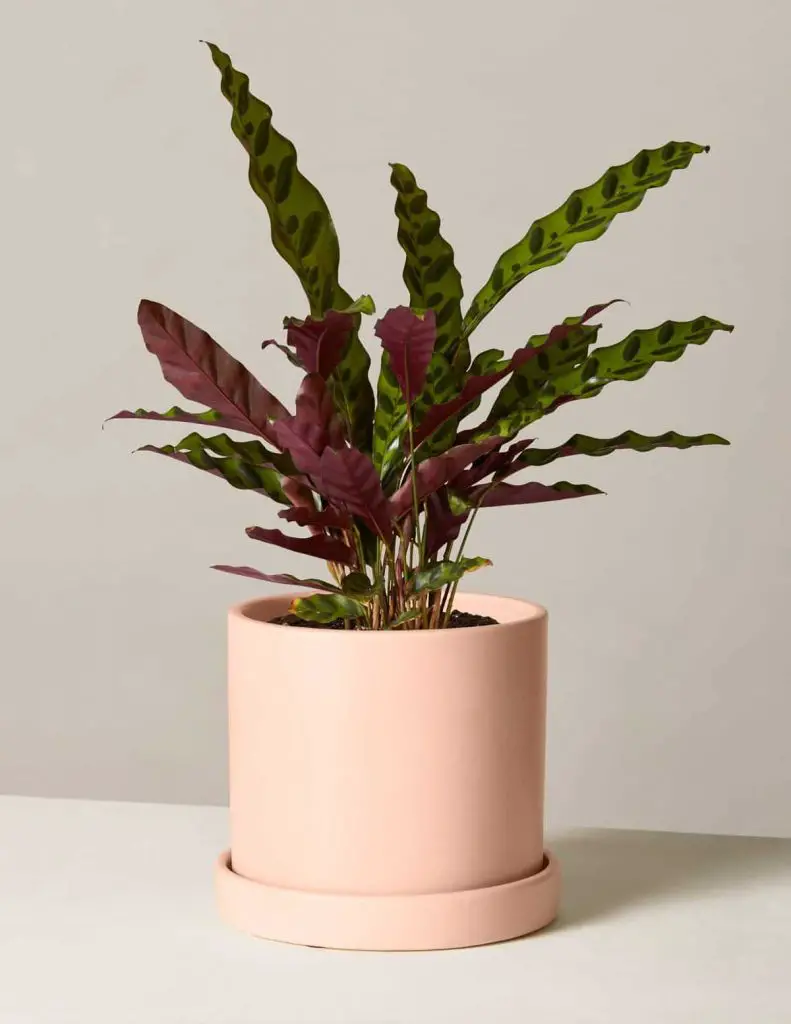
Feeding your plant once a month during the growing season (spring and summer) is best. You should make use of a balanced liquid fertilizer; However, it must be diluted to half its strength before it is applied to the plant.
Rattlesnake Plant Propagation Method
As a calathea plant, the best method of propagating the rattlesnake plant is by division.
Although the plant can be propagated via seed, it is difficult and stressful. The best time to propagate the rattlesnake plant is during spring when you are about to report. Follow the steps below to propagate via division.
- Select a healthy and mature plant and remove it from its pot.
- Plants usually create natural points of separating its root, gently divide the plant at this point.
- Calatheas are known to have fragile roots, hence you need to handle them carefully.
- Prepare pots with the right soil and plant each division in their pots.
- Provide the plant with low light until after 4 weeks, then you can resume the regular calathea care routine.
How To Care For Your Rattlesnake Plant
- A thing of importance to the growth of your rattlesnake plant is repotting. As the plant grows, you will be required to get a bigger pot to provide more room for its growth. Repotting can be done after few years of raising your plant. In case there is no medium of getting a wider pot, you can propagate via division into two or smaller pots.
- Yellow leaves can sometimes be natural, as the plants mature, the older leaves will become yellow. However, most times, the cause of leaves turning yellow is overwatering. The rattlesnake loves moist soil, however, the plant should not be waterlogged. Overwatering can also cause limp stems, especially in cold temperatures and this can eventually kill the plant.
- Brown spots on your leaves are a sign that your plant has been exposed to dry air and lacks humidity. Humidity is quite important to your plant; You might want to step up your game there.
- You might make the mistake of under-watering your plant due to the fear of overwatering, however, this can also result in a serious problem for your plant. Under watering will make your plant leaves curl up in an unattractive way. Increase the watering to fit your plant’s needs.
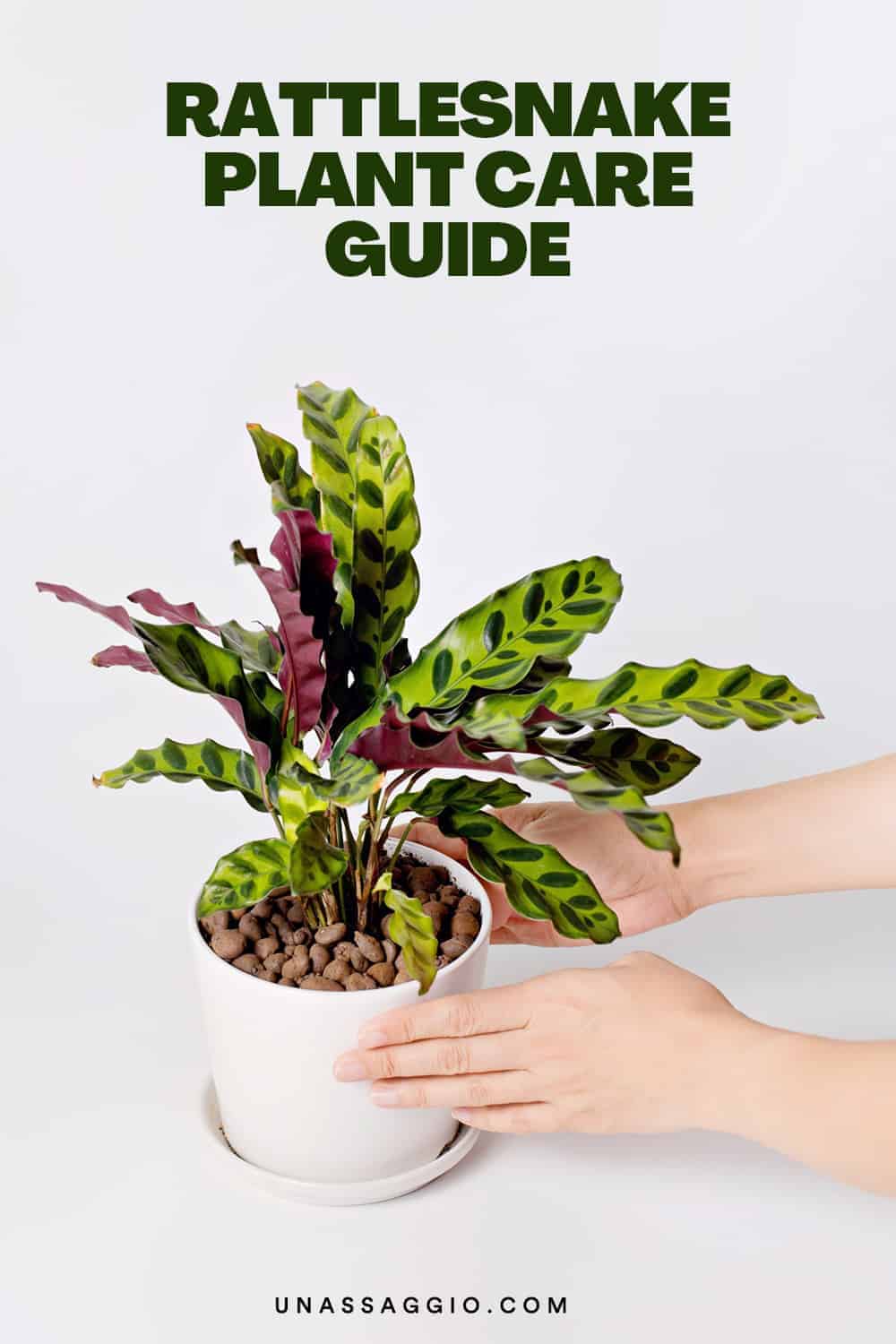
Final Thoughts
Like they say, growing a calathea is not for the weak. You have to be right with its care, not a little more or less.
We admit that the rattlesnake can be a bit demanding, however, we can assure you that it is definitely worth your time. The rattlesnake has a way of adding to its environment a tropical vibe, just like the rest of its family.
Read more indoor plant care guides:

